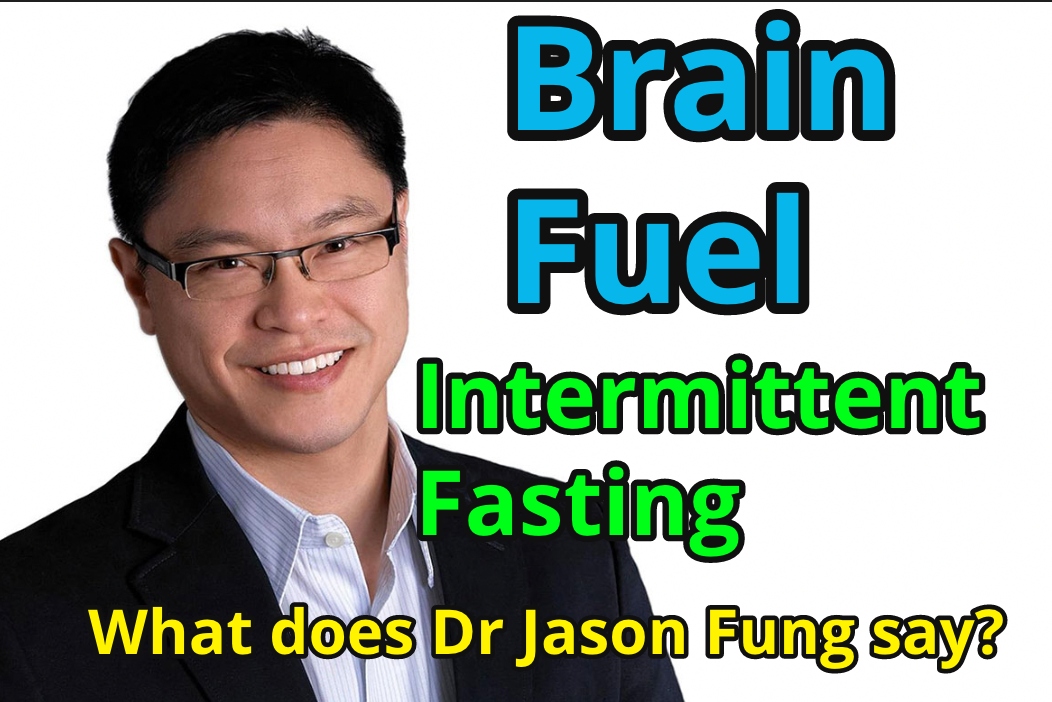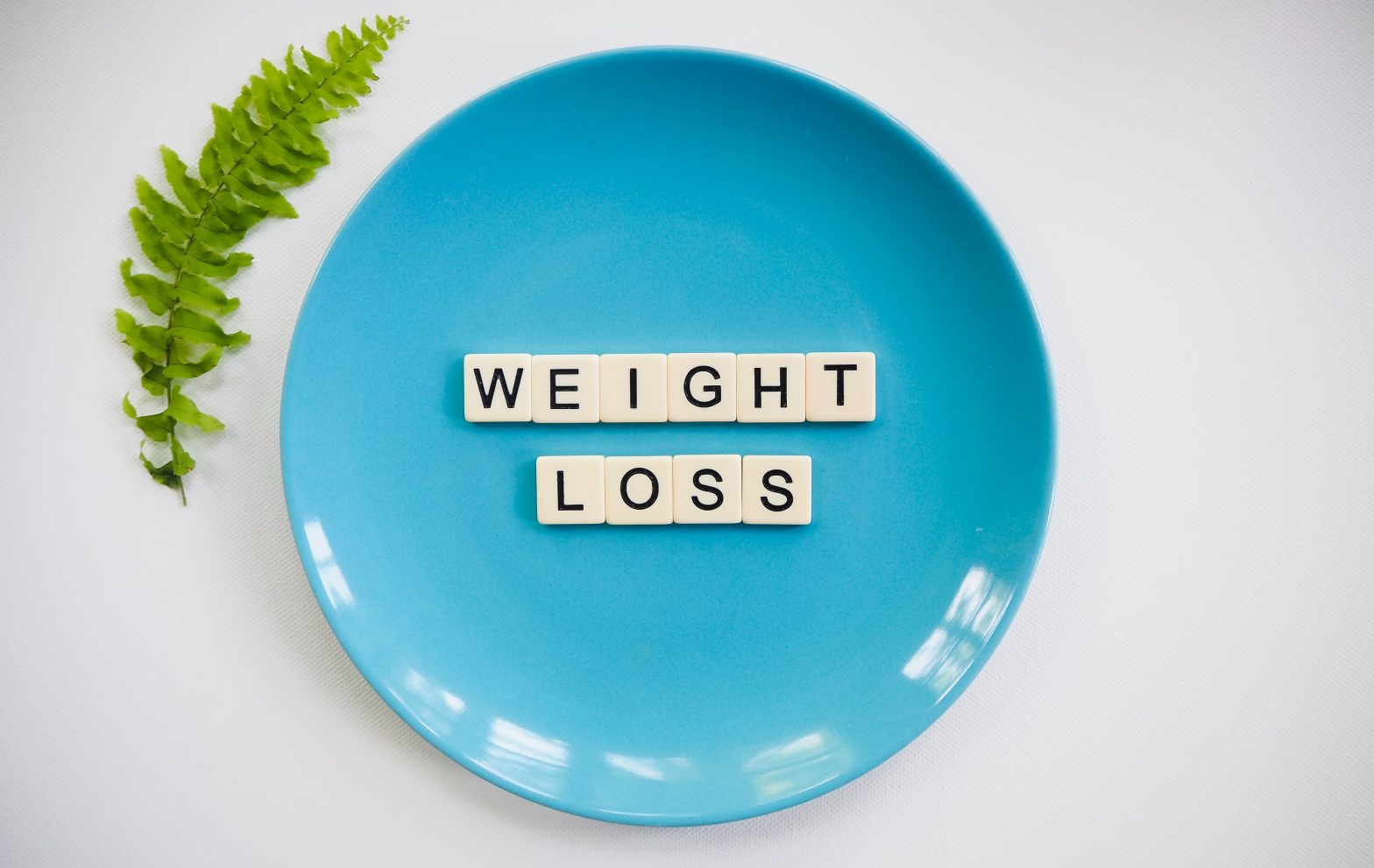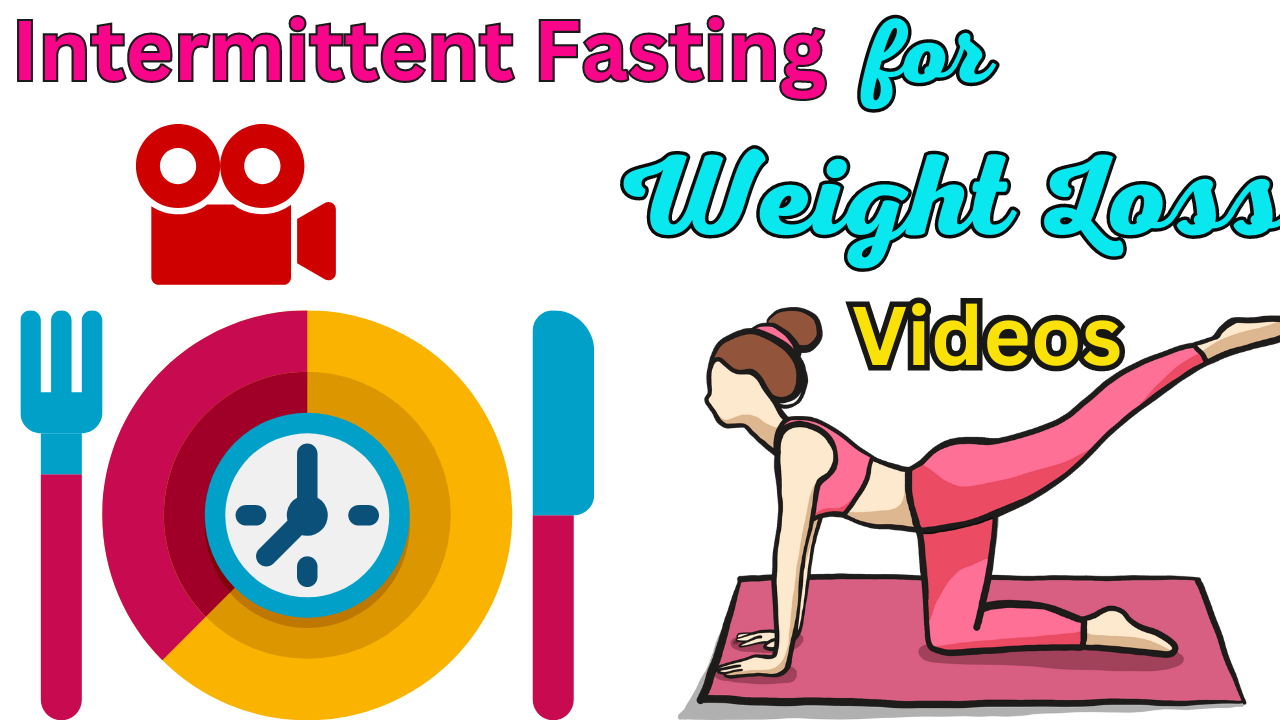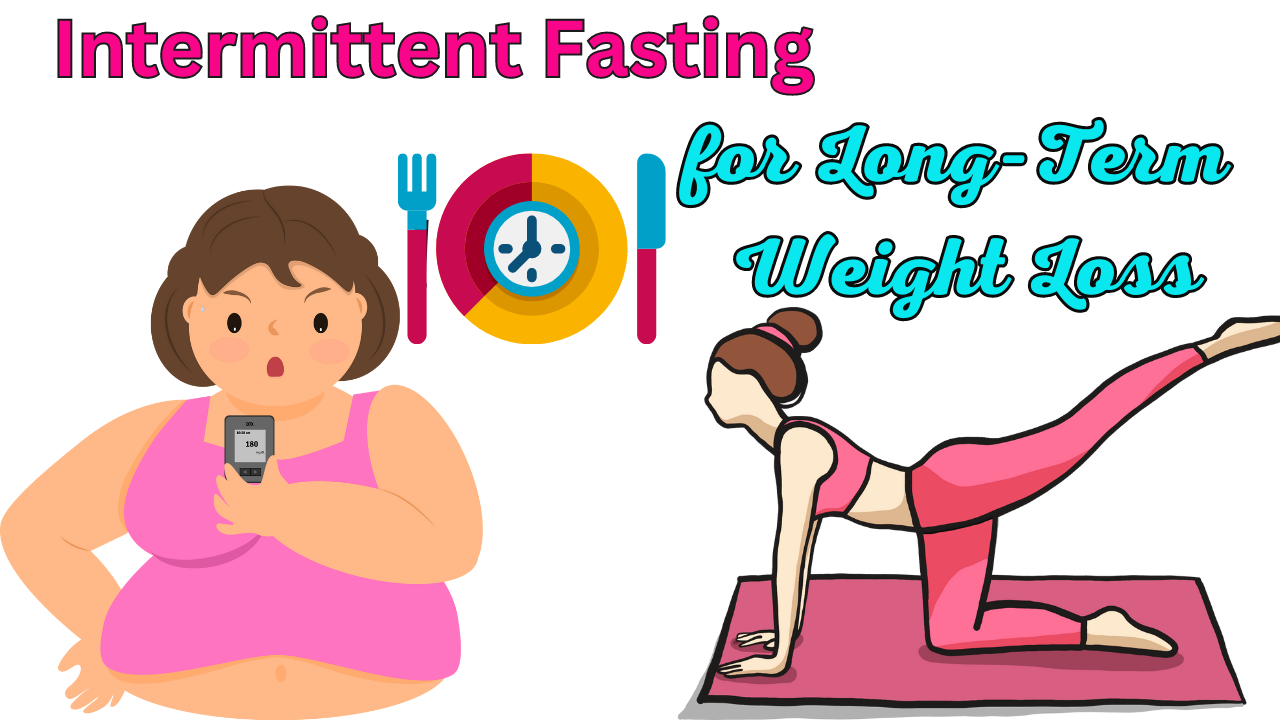Fasting is Fuel to the Brain?

Dr. Jason Fung: I’m a kidney specialist. So, that means that I did my medical training and eventually I spent another five years doing my specialty training in kidney disease. And the most common cause of kidney disease, by far, is type two diabetes. So I started practicing about 15 years ago and we had just been seeing more and more people with kidney disease and as their kidneys fail, we put them on dialysis and so on, and we treat them with medications. But it soon became fairly clear that people were not really getting better, despite the fact that I was giving them lots and lots of medications. And it gets to the point where people kind of give up and this is the real problem.
So type two diabetes, if you look at what a lot of people say, is considered a kind of chronic and progressive disease. We hear this all the time. Patients will come in and they’ll say, “Oh, well. I have it. I have life. This is nothing I can do about it.” The truth is, this is not really true. It’s never really been true. And it’s very easy to prove. So if you have somebody who is overweight and has diabetes, if they lose weight, then their diabetes very frequently goes away.
So, therefore, the disease itself is not a chronic and progressive disease. It’s not like aging where you will get older, no matter what you did. It’s just nothing you can do about it. So, therefore, you kind of give up trying to get younger. But type two diabetes is not like that. It’s a disease, but yes, it can be reversed. You have to do it in the proper way. And what was very clear was that the conventional treatment of type two diabetes was not working and the diets that we were prescribing were not working. The lifestyle interventions, we are prescribing, were not working. So then doctors would eventually resort to giving a lot of medications and those medications were not making people healthier. So what people typically did was they got diagnosed with type two diabetes. They got started on lifestyle treatments, usually, a low calorie-reduced diet, and nobody got better. So then doctors started the patients, first one and two, then three, then four, and insulin and then more insulin.
And when you look at it logically, what you see is that if you are taking more and more medications over a period of 10 – 15 years, your diabetes is not getting better. It’s only getting worse. So if you think about it, what we have is, let’s put these two facts together. One, type two diabetes is largely a reversible disease. And number two, almost nobody was getting better. Well, when you put those two together, the only thing you can say is that the treatment is completely incorrect.
And that’s kind of where I started from. So if you kind of go back and say, “Okay Well, if type two diabetes relies on losing weight to reverse it, well, then that’s what we need to treat because that’s the root cause of the type two diabetes.” That’s not what we’re doing. We’re getting a diet, a low fat diet or a calorie reduce diet that had almost no chance of success for weight loss. And again, this is one of those things where nobody wants to be the bad guy and say what we’re doing is really stupid.
This low fat, calorie reduced diet. It’s really bad. It’s like the story – the emperor with the new clothes, nobody wants to say that the emperor’s naked. The thing is that if you look at large databases in the United Kingdom, for example, the probability of going from obese to normal weight or morbidly obese to normal weight is somewhere on the order of 0.2% – 1%. That’s your success rate. In other words, we were prescribing a diet that had about a 99 to 99.8% failure rate.
That’s ridiculous! And that squares exactly with the clinical experience. That is, everybody’s done it and nobody succeeded. So no wonder people were not reversing their type two diabetes. They were not losing weight. Then you go to medications and we were giving people things like insulin which cause weight gain. So if the reversal of type two diabetes depends on losing weight and the doctors prescribe medication that causes weight gain, guess what? Your blood sugars may be better, but your diabetes is only going to get worse.
And the thing that’s funny is that patients knew this. So I would prescribe insulins. I did this many years before I kind of changed. I would give them insulin. They would gain weight. And they come back and they say, “Woah! This insulin you gave me made me gain 20 pounds. You tell me that I need to lose weight, then you give him medication that makes me gain 20 pounds. How is that good?” And the answer is it’s not.
As they gain weight, their diabetes gets worse and they need more insulin. As they take more insulin, they gain more weight, which makes diabetes worse. So they’re stuck in a vicious cycle that’s only getting worse. So that’s when I started really thinking about it. It was about 2008 when really the studies caught up to my kind of nagging doubts about what we are doing. And remember, this is really the core of everything I was doing day in and day out. It’s very hard to admit that you studied for like 11 years in school and worked for another 10 years and realised that, “Hey! The most of what you do is not very useful. It might have been making people worse!”
It’s not very easy to admit that. But that’s where the point where I was. In 2008 was when two very important studies came out in obesity medicine and type two diabetes medicine. So in obesity medicine, you started to get the results of a lot of these studies on low carbohydrate diets, which were relatively high in fat. And I, along with lots of other doctors, thought that it was going to be a disaster. This sort of Atkins diet! The Atkins diet in the late 1990s was all the rage. And doctors like me thought it was going to be killing people left and right. So all of these studies were done with almost the express purpose of proving how bad these diets were. And then something happened. People were getting really healthy. Diabetes was better, their cholesterol were better. They were losing weight. It was ridiculous. But that’s what the evidence showed, that these high fat diets, these low carbohydrate high fat diets were actually not bad at all. And so that was a real eye opener for me. And then very shortly after in 2008, in the same year, some of the studies on type two diabetes were coming out. So just to get back to type two diabetes which is characterised by high blood glucose. And for a long time, we thought that it was all about knowing that you should give as much medication as you needed to to get that down. And that was the core of what we did in medicine for like 30 – 40 years.
We talk to our medical students. We all believe that we all practice. So, a couple of studies came out – the important study, he advanced study, the VADT study, the origins study – there’s multiple, multiple million dollar, multi national randomised controlled trials. And what they showed was that if you took two groups, one group you gave a lot of medication to get their blood sugars really down closer to normal. One group you didn’t care so much and give as much medication. So what they showed was that, yes, you get more medications, the blood glucose got better.
But what they also showed was that even when you gave more medications, people were not healthier. That is, they were still having the same heart attacks, still having the same strokes. The first study to come out actually showed that high medication group, actually, were dying at a much faster rate. And so it’s like, “Okay, well, here it is!” Yeah, it was incredible. It was this everything that we had been doing for type two diabetes had just been proven completely wrong! From what we had done in medicine, was that focused so myopically on getting that blood glucose down and it wasn’t making people healthier.
They’re having the same heart attacks, strokes, kidney disease, everything. So why would you take a medication if it wasn’t going to make you healthier? That was the real question. And so it was a complete paradigm shift in type two diabetes that we needed to make. But unfortunately, over the next 5 or so, 10 years, nobody really took that next step and say, “Well, what do we need to do?” In fact, we just kept doing the same thing that we used to do, even though we just proved it completely ineffective.
That’s where kind of things started. So I really started to look at type two diabetes and trying to understand what type two diabetes is, what insulin resistance actually is, and how we can make people lose weight in order to start reversing their type two diabetes. So that’s when I started. Shortly thereafter, we started our program, the intensive management program, where we use low carbohydrate diet and intermittent fasting to really start to get these type two diabetics and reverse their disease. And it was funny because as soon as I started, some of the stories were just ridiculous!
Like people who were coming in with hundreds of units of insulin for 10 years. And in two or three months, we have them off everything and their blood glucose is just almost normal. So 15 years of diabetes, which was reversing in like 3 months, was ridiculous! How quick people were getting better. And that’s why I started to kind of expand and also to do some of the lectures about type two diabetes. And it turns out they’re both related diseases of too much insulin, which is essentially the problem.
So where we had gone wrong was that we are using a diet that’s very stimulating insulin, that is low fat, carbohydrate diet. And if you eat all the time, you stimulate insulin. So the problem, which is too much and we’re making it worse. If you do the opposite, if you cut down the carbohydrates, the refined carbohydrates and you reduce the number of times they eat, then you’re going to lower the insulin. So if the entire disease is too much, then you need to lower the insulin and that makes sense.
What we were doing was that we were treating a disease of too much insulin with more insulin and then wondering why it wasn’t working. That’s crazy! It’s like treating an alcoholic with alcohol and then wondering, “I wonder why his alcoholism doesn’t get better?” It was the same ridiculous sort of mentality that we had. So we were treating this disease by making it worse and then saying, “Well, it’s worse because that’s just the way it is!” The medical community, the research community has a lot invested in this sort of paradigm. That is, there’s a lot of people who have built their careers on doing it this way. And there is a lot of money to be made by selling insulin and selling drugs and so on. It’s a multibillion dollar business, so nobody wants to know about it. That is if you are a researcher, for example, and you’ve just spent the last 25 years trying to prove how you need to give more insulin to a disease of too much insulin or you need to give insulin, which makes a gateway even though the problem is that they’re overweight in the first place. If you just spent twenty five years, it’s very hard for people to say, “Oh well. Guess what? I’m wrong.” It’s making it worse. And the same thing with the drug companies. They have invested a lot of money into developing new types of insulin. The fact that they don’t make people healthier is entirely beside the point. All you need to do is get doctors to prescribe it. And these are multi-billion dollar drugs and that’s money. So they’ve invested a lot in it.
So, in order for people to change, it’s going to be very difficult. But there’s a good side to all this. The good side is that we don’t need them to take our side. We can start, right now, by telling people the truth and people can start using their own diet without their doctors, without the dieticians help. Just do it and get healthier. And that’s the real power of what you do, is that you can raise awareness of this and people can actually start to look into it.
And they don’t need anybody to do this for them. Because the diet is something that they take themselves without interference from anything else. The whole issue is that it’s not really just the weight! It’s actually the fat inside the organs, that is the problem. And sometimes that is not visible. So if you look at, for example, a Chinese population, they develop type two diabetes with an average body mass index of 23.7, which is actually completely normal. So 20 to 25 is normal and it just doesn’t look like they have type two diabetes.
Americans, for example, will develop type two diabetes with the body mass index closer to 28, which is on the overweight side, close to obese. So it’s not just the overall weight that’s important, but actually probably the most important factor, truthfully, is dietary sugar. So you can’t see it because it’s all packed away in liver. The liver is the main organ to be concerned about. It’s the fatty liver which causes a lot of type two diabetes and it really holds the key to it. And this is one thing that you have to understand is that you can exercise all you want, but you can’t exercise your liver.
You’re exercising your muscles, tendons are going to improve but your liver is not going to improve. Yes, you’re going to burn some calories doing exercise and you’re not going to get rid of the fat inside that liver. And fructose, which is part of the glucose and part of the sugar sucrose, is really the main culprit in that.
So you actually see this very close correlation between intake sugar, for example, and rise of type two diabetes. So it’s most clear in places like China, for example, in the 1990s, they had very high mortality, they were all eating white rice and everybody says it was brown rice.
That’s crap. I mean, I have relatives who lived in the area and they all eat white rice. And then all they’re eating lots of white rice and there’s practically no diabetes whatsoever. And the issue is that almost no sugar. So sugar with its fructose, high fructose, corn syrup and table sugar are much worse than carbohydrates like bread, glucose causing type two diabetes because that fructose, kind of, goes straight into the liver and causes that fatty liver. So athletes, perversely, are at fairly high risk because they’re drinking all this Gatorade, especially the older ones that grew up in that era of Gatorade and Powerade and all those kind of sugary drinks. And they all thought it was fine to drink the sugary beverage and exercise, burn it all off. But the problem is that you’re burning off the glucose but the fructose went into your liver. You got fatty liver. And then years later, despite the fact that you’re exercising like crazy, you’re getting all this type two diabetes, In China what happened is that their sugar intake has been rising very quickly as they sort of westernise their diet and combine with their original high carbohydrate intake. What’s happened is not an explosion of type two diabetes and went from approximately 1% in 1980 to approximately 11.4%.
I think that’s a huge, huge ’n’ times rise in type two diabetes in a single generation. And this is what’s scary about the whole thing, is that everything that’s happened has happened since about 1980. If you ever look at old pictures from the 70s and you look at the people on the street, it’s shocking because people are so thin. It’s ridiculous!. And everybody wants to say, well, “it’s genetics, it’s genetics”. It’s not genetics! In a single generation the genetic pool has not changed very much. It’s time to sort of admit that this is a dietary problem. And what is it that we had changed in our diet that has made us so poor and that’s where we really can educate people and then help them to take control on their own.
So, there’s a couple of things. When you think about type two diabetes, what it is, is essentially too much sugar. And not everybody wants to make it more complicated. It’s not really! So sugar is composed of both glucose and fructose. So glucose is a sugar contained in most carbohydrates and bread and rice. If you have table sugar or high fructose corn syrup, which is very similar, you have one glucose and one fructose. The difference between glucose and fructose is that all cells of your body are able to use that glucose. So if you eat a pound of sugar, you get half a pound of glucose and half a pound of fructose.
The glucose is used by your entire body. So all the cells, all the muscles, all the liver, all the kidneys, the brain, they all use it and they burn it off. Fructose, though, can’t be used by any cell in the body and heads straight into the liver. So therefore, what happens is that fructose goes straight into the liver. And because you don’t need the extra energy, because you have all this glucose, it just gets turned into fat. And that’s where you get the fatty liver.
The fatty liver is really where the kind of diabetes starts. If you want to think about what insulin resistance is – so you hear this term quite a bit, which is inconsistent – and what it means is that insulin is a normal hormone, that when you eat, your insulin tends to go up and that tells the body that food is coming. So you open up the cells so that they can take on some of the food energy and use it for energy.
And you start and you don’t burn your stored energy. The food is coming and the insulin is going up. Your stored food energy, and your body is using the glucose that’s coming in. Insulin resistance refers to the fact that when people eat, their blood glucose, which should stay normal as the glucose goes into the cell, it starts to go up. And that’s when you check your blood sugar, for example, and it’s high. Your doctor tells you that you have type 2 diabetes. And the reason they say that it’s insulin resistance is because of you measure insulin levels – it’s not low! It’s actually very high. So, there is plenty of insulin but that insulin is not able to force the glucose from your blood into the cells. So, that’s what is called the insulin resistance. And they are essentially synonymous – type two diabetes is insulin resistance and insulin resistance is type two diabetes. They just kind of fall along the stack, that is if you have mild insulin resistance then you may not qualify for type two diabetes, but they’re essentially the same. And for many years people tried to say, well, what’s causing this insulin resistance? And one of the things is that they had this sort of lock and key model where they said, well, there is something that’s blocking the insulin from opening up the cells and letting the glucose go inside. That didn’t really work out. What it really is, a sort of overflow. That is, if your cells are already jammed full of sugar, and now you eat, your insulin goes up, you’re trying to jam the sugar into this already filled cell. So it’s not going to go in. That’s why your insulin resistance, because it’s already full. It’s not that the insulin is not working. It’s working, but you can’t shove it in. So if you want to imagine, like a suitcase, when you’re putting clothes into an empty suitcase, goes in no problem. If that suitcase is already full, you can’t jam in those last two pair of pants because it’s already full. So there’s nothing wrong with the pants. Nothing wrong with the suitcase. It’s just full. So that’s what causes insulin resistance.
So, think of our body as a sugar bowl. So if we start out with the Sugar Bowl empty then over time you put some sugar in. You burn some sugar when you don’t eat and you put it in when you do. If you’re putting in more sugar than taking out, over time, that bowl fills up. Now, if it’s completely filled, the next time you eat, the sugar just spills out into the blood. What your body does is “Woah! I see all this sugar in the blood and I don’t like it and all this glucose. I’m going to produce more insulin to really shove it in.”
So, now you’re using more insulin to shove the glucose into a cell that’s already filled with glucose. That’s what happens. And it compensates over time. At first, your blood glucose stays normal but only because you’re producing so much insulin. If you think about the suitcase, what’s happening is that you’re just using a lot of force to jam close that suitcase. Eventually, it comes to the point where the body is completely filled up and it can’t take anymore. So your blood glucose goes up. What does your doctor do?
You go to your doctor, he gives you warrants,. Insulin was already high! Insulin was a problem in the first place. So it just keeps shoving in more glucose and, in over time, your body just keeps filling up more and more with this sugar. And it goes initially to the liver, but the liver sends it out all over the body. It packages as fat because the liver has the ability to turn that carbohydrate glucose into fat. it is called de novo lipogenesis. If you have too much glucose, the body turns that into fat. Sends that fat all over the place. You get fat in the liver, you get fatty pancreas, you get fat in the muscles, you get fat around the organs, you get the abdominal obesity where all the fat gets stored around the organs and you get a very high waist size. What you see is this kind of big beer belly that people notice, even if the skin is not fat and even if the arms are not very fat. So that’s the real problem is that the bottom line was that there’s just too much sugar, not in your blood, but in your whole body.
And this is the mistake that we made. We have been using drugs, like insulin, to take the sugar out of the blood and jam it into our bodies. And our bodies didn’t want it. It took it, but eventually it developed more resistant. So then you have to use higher and higher doses. And you’re using higher and higher doses of medications then your diabetes is getting worse. So the answer is not to do that. The answer is obviously, if your body has too much of this sugar, just empty the body of the sugar.
So when I tell people, it’s well, think about your car. If you have a car and you fill up with gas and your gas tank is full, you still need to put some more gas in. So you’re forced to pump this gas into your back seat. Well, what would you do? Well, you wouldn’t just go to the gas station three times a day and keep pumping gas into your back seat. You say that’s really stupid. What you need to do is, one, stop putting gas in and, two, drive that car and burn it off.
So if you understand that the whole problem is just too much sugar – both glucose and fructose – then, you cut down the glucose and fructose. So that’s why we say cut down the refined carbohydrates, cut down the fructose. And two, if you want to burn it off, the key is intermittent fasting. Everybody thinks that it’s exercise, but again, it’s the liver that’s the problem. It’s the liver that’s getting too much glucose that’s now packaging the new fat and sending this all over the body.
So you need to so-called “exercise that liver”, which is by not eating. And guess what? It’s a completely natural process. There are no drugs involved, there’s no surgery involved. You can start doing it tomorrow if you want to, and it’s completely free. None of this is easy. Like, it’s simple. The concept is simple, “let’s actually do it” – is not that simple because you all get hungry. We all want to eat cake. It’s normal. That’s not, you know, a defect. That just makes us what we are.
So there are things that we do need to do. One is sort of provide support for people to do the fasting. To keep the low carbohydrate diet, we have to do good recipes and make it acceptable, because the thing is that something like intermittent fasting is not well accepted at all. There are a lot of myths surrounding it. And that was one of the things that I tried to address in my second book, which was the “Guide to Fasting” were a lot of these myths that fasting is bad for you, you are going to shut down your metabolism, you’re going to burn through muscle.
A lot of these myths are not true. And the truth is that fasting has been used for thousands and thousands of years and it’s been used safely. Every religious group uses it and it gets couched in different terms, whether it’s a purification or a cleansing or detox. The essential idea is that by not eating, you’re allowing your body to clean itself out, all the junk that’s making it sick, which is all that glucose and all that fat and the liver. [Continues in the next post]






Leave a Reply